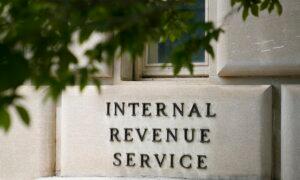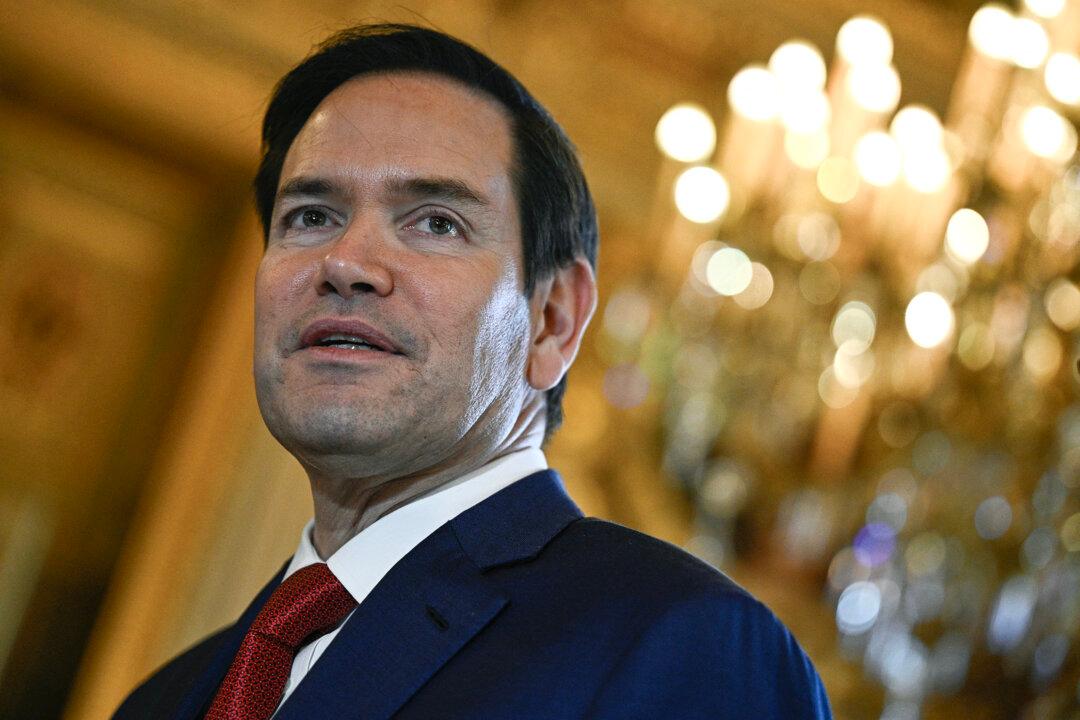The Internal Revenue Service (IRS) has launched a new program for taxpayers who want to pay back money they received after filing certain pandemic-era tax credit claims in error—and to encourage participation, the IRS is letting them keep 20 percent of the funds.
The ERC tax credit, which is somewhat complex, is available to employers, not individual taxpayers. Since the program was enacted, over 3.6 million claims have come in, with the IRS saying that ERC-related fraud became worse over time.
A large number of improper ERC claims were pushed by predatory promoters on unwitting businesses, with an investigation by the IRS Criminal Investigation (IRS-CI) division uncovering over $2.8 billion of potentially fraudulent ERC claims.
Because of the large number of wrongly filed ERC claims and the predatory promotions surrounding them, the IRS has been working on ways to get taxpayers who incorrectly claimed the credit to pay it back with minimal penalty, with the new voluntary disclosure program being the latest such initiative.
“The disclosure program provides a much-needed option for employers who were pulled into these claims and now realize they shouldn’t have applied,” IRS Commissioner Danny Werfel said in a statement.
More Details
Employers who wrongly filed for the ERC and want to get right with the tax authorities must apply for the new disclosure program by March 22, 2024.Various ERC recipients can apply, but there are some conditions. Program applicants must not be under criminal investigation, nor be under an IRS employment tax examination, nor can they have received an IRS notice and demand for repayment of the ERC.
In order to encourage businesses to apply, the IRS adopted a rule that such taxpayers will only need to repay 80 percent of the credit they received. Those that are unable to repay the 80 percent can potentially be approved for an installment agreement, which will let them pay it back over a longer period.
Participants in the program will not be charged interest or penalties on any credits that they repay. However, if they can’t pay back 80 percent of the amount they claimed at the time that they signed a closing agreement with the IRS, they'll be required to pay penalties and interest associated with entering into an installment agreement.
Part of the reason the IRS decided to let taxpayers who wrongly claimed the ERC keep 20 percent is because promoters often charged a percentage fee that they collected at the time the credit was paid out and so employers never received the full amount.
The IRS is also using the program to get at unscrupulous promoters who used aggressive marketing techniques to lure businesses into wrongly claiming the ERC. In order to qualify for the program, employers must provide the IRS with the names, addresses, and telephone numbers of any advisers or tax preparers who advised or assisted with the claims.
“From discussions we have had with taxpayers and tax professionals around the country, we understand that there are many employers eager to correct their error, but who remain concerned about their ability to pay back the portion of the credit that has been lost to the promoter that brought them into this mess,” Mr. Werfel said in a statement.
ERC Compliance Activities Accelerating
Besides the new voluntary disclosure program, the IRS also announced on Dec. 21 that it started sending thousands of letters to taxpayers with proposed tax adjustments that will recapture the wrongly claimed ERC.“These letters are another incentive for businesses that believe they received an erroneous Employee Retention Credit payment to come forward and participate in the disclosure program,” Mr. Werfel said in a statement.
“Our compliance activities involving these payments continue to accelerate, and the disclosure program’s 80% repayment figure is much more generous than later IRS action, which includes steeper costs and greater risk. We hope these taxpayers take advantage of this window now,” he added.
The 20,000 denial letters are just for tax year 2020, with the IRS saying that work continues on tax year 2021 and that taxpayers can expect additional rounds of mailings.
Special Withdrawal Process
In light of the huge number of improper ERC claims, the IRS on Oct. 19 announced a special withdrawal process that lets businesses that filed a questionable claim withdraw it and avoid the risk of costly penalties and interest.The new withdrawal option lets employers avoid future problems by withdrawing pending ERC claims that they suspect they may have been tricked into filing.
The IRS warned that a business or tax-exempt group could find itself in a much worse cash position if it has to pay back an improperly claimed tax credit than if they had never claimed it in the first place.
Claims that are withdrawn will be treated by the IRS as if they were never filed, and the agency won’t impose penalties or interest.
Even if a taxpayer has received the ERC refund check, but hasn’t yet cashed or deposited it, they can still withdraw their claim.







